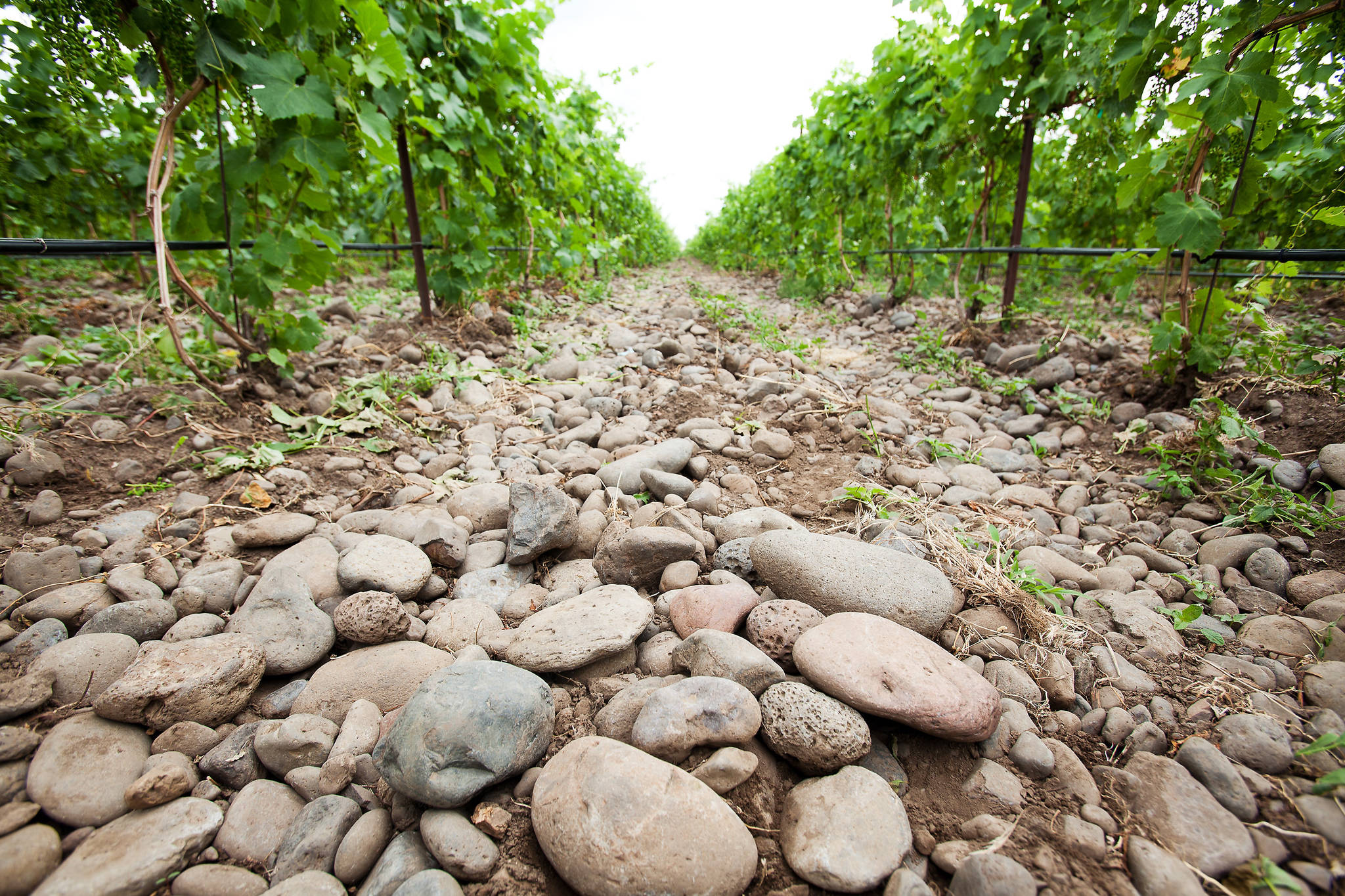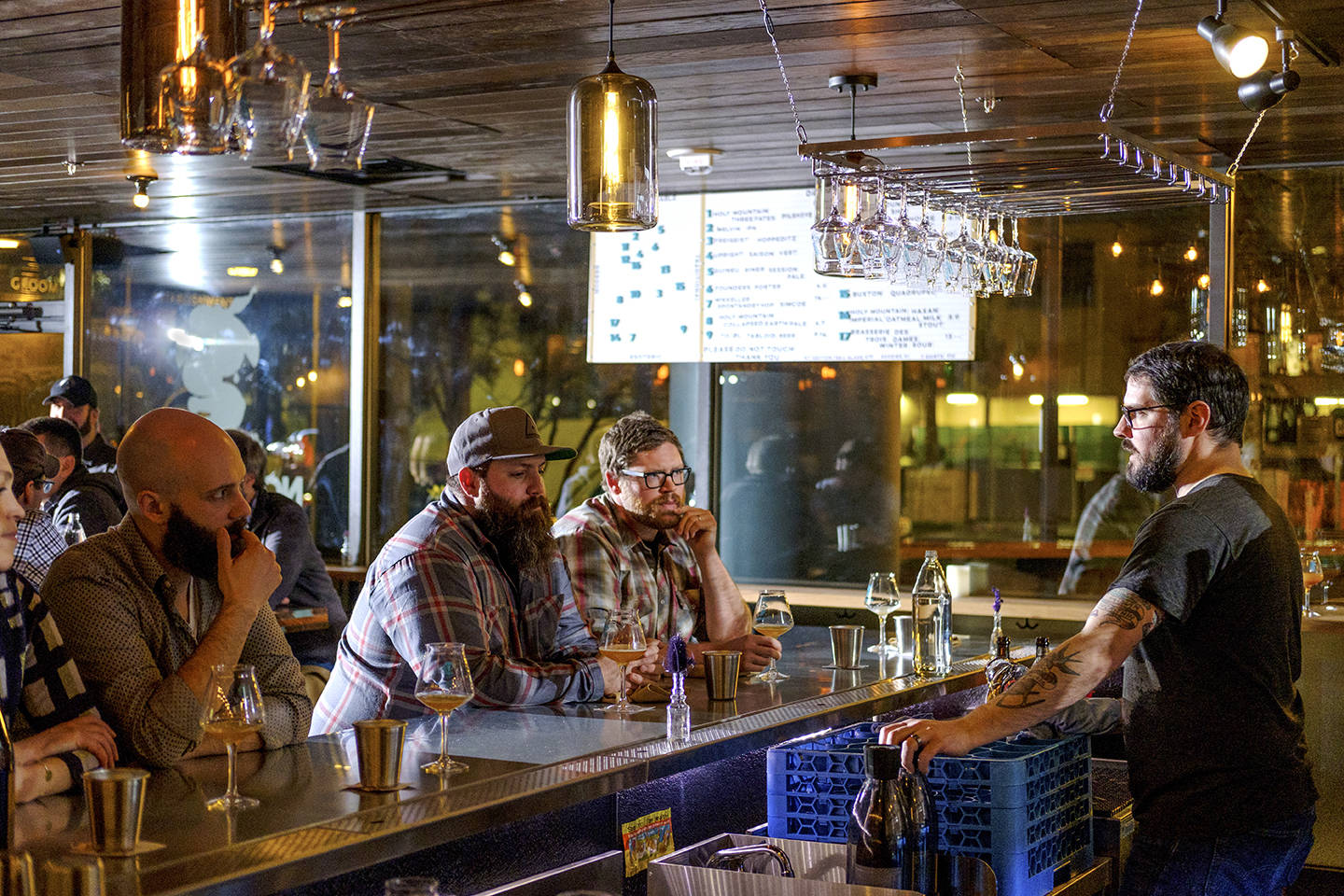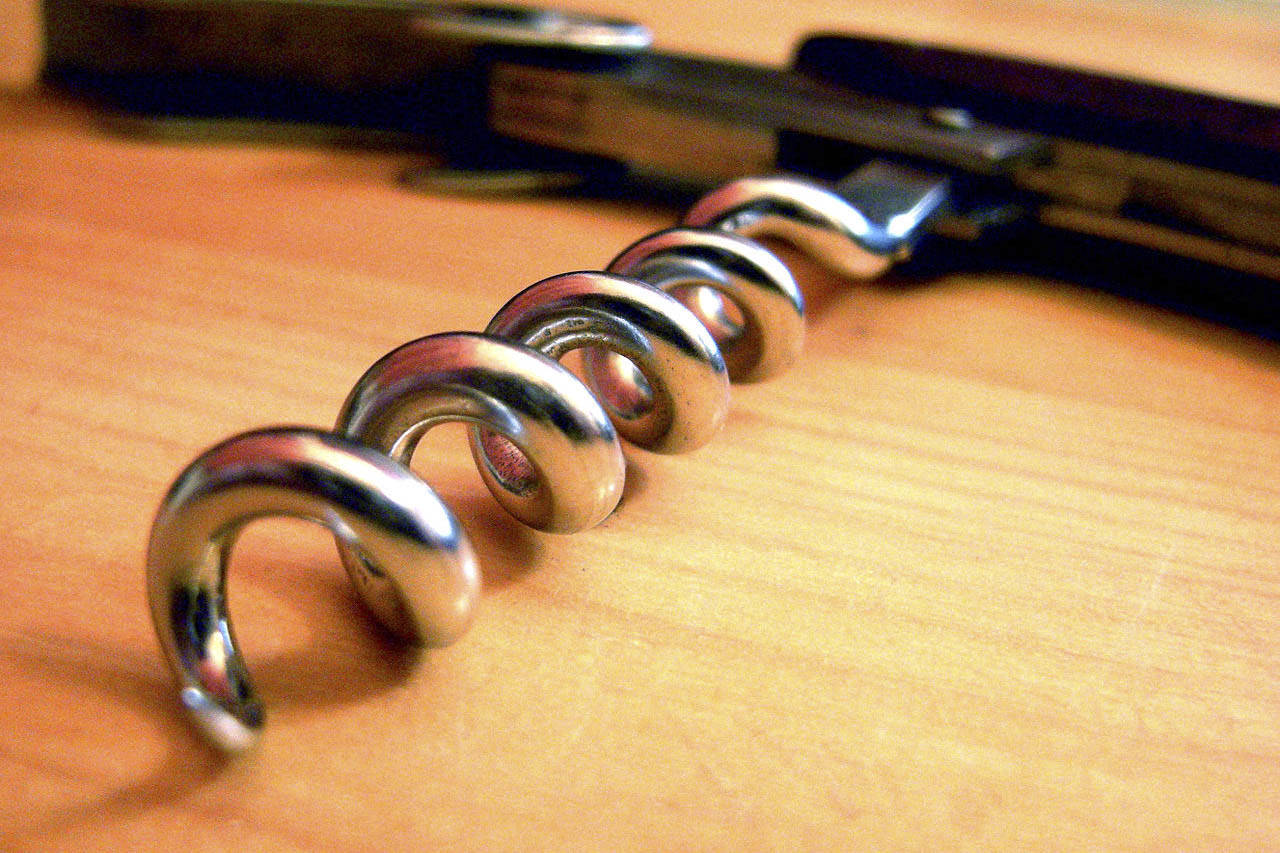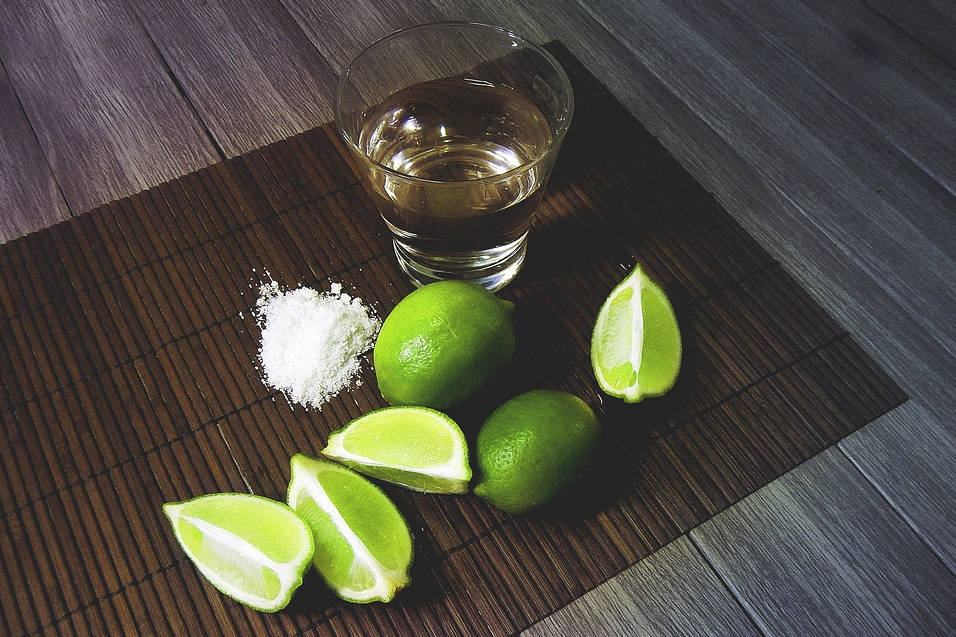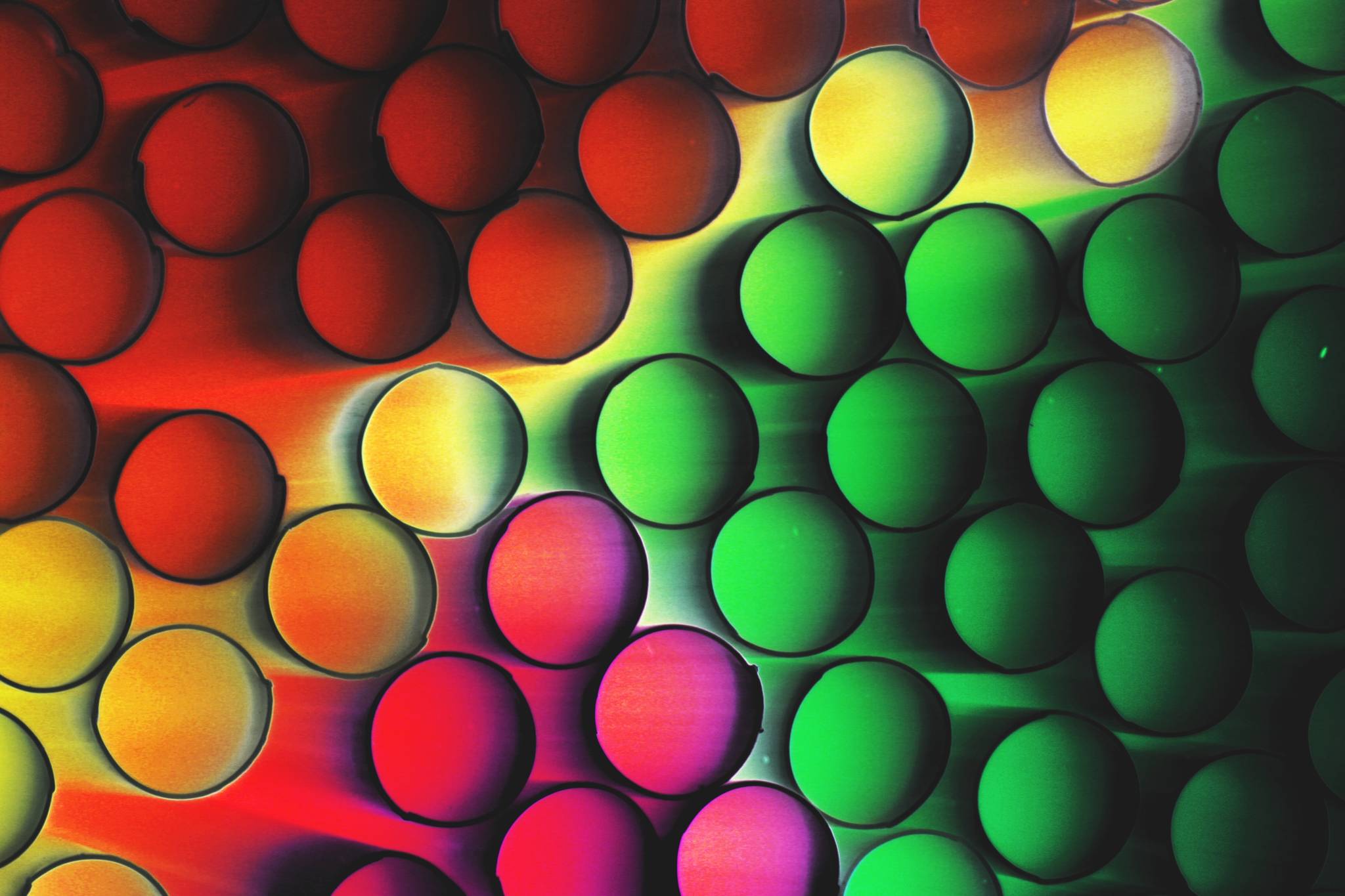The story of red wine in Washington has been largely the story of cabernet sauvignon and merlot. Those grapes dominated the global landscape as our wine industry was growing and helped Washington onto the national stage. That said, as Washington wine continues to mature, it seems as though our red-wine future will be more and more defined by syrah, the grape that’s captivated many of our region’s most dynamic winemakers; as they get more experience working with it, the wines just get better and better. So consider this a bit of a primer on our state’s Great Red Hope.
The two key things to realize about Washington syrah in 2017: It is no longer being treated like cabernet sauvignon, and the various places it’s been planted are starting to show their own character. The first point has a fair bit to do with grape growing and winemaking technique; winemakers have started to realize that despite some similarities, syrah needs quite different treatment than cabernet or merlot. Second, the true joy of syrah is how well it can express a sense of place (or terroir). Thus it’s essential to understand the differences among the major growing regions. The most famous is the Rocks District of Milton-Freewater, technically just across the Oregon border in the Walla Walla Valley. This relatively flat, broad expanse of land is covered in medium-sized river stones that were deposited over millennia by massive floods that swept across much of eastern Washington. These stones retain heat in the evenings as the valley cools, allowing for greater ripeness in the fruit and a softer, silkier texture in the wine. Yet wines from the Rocks are also prized for their meaty, savory aromas, a hallmark of syrah. Notes of olive tapenade, wild game, and woodsmoke are sometimes overwhelming. By contrast, syrahs grown at higher elevations and on steeper slopes—in the hills of the Walla Walla Valley, in the Yakima Valley, or in the Horse Heaven Hills—tend to be leaner, yet with more evident fruitiness. They have a fresher taste, and a sense of tension from the higher levels of acidity.
You can compare these contrasts at home by finding single-vineyard bottlings. For example, consider the “Some Days Are Diamonds” and “Some Days Are Stones” syrahs from Two Vintners. Sourced from the Horse Heaven Hills and the Rocks, respectively, they’re made exactly the same way yet smell and taste wildly different. WT Vintners offers four single-vineyard bottles, from both the valley floor and the surrounding slopes in Walla Walla, a vineyard in the Horse Heaven Hills, and the famous Boushey Vineyard in the Yakima Valley.
Cabernet and merlot aren’t going anywhere, but as syrah continues to gain stature, I wouldn’t be surprised if it became the red grape Washington is best known for. There’s lots of great cabernet in the world, but only a few regions can make syrah like us.
barcode@seattleweekly.com
